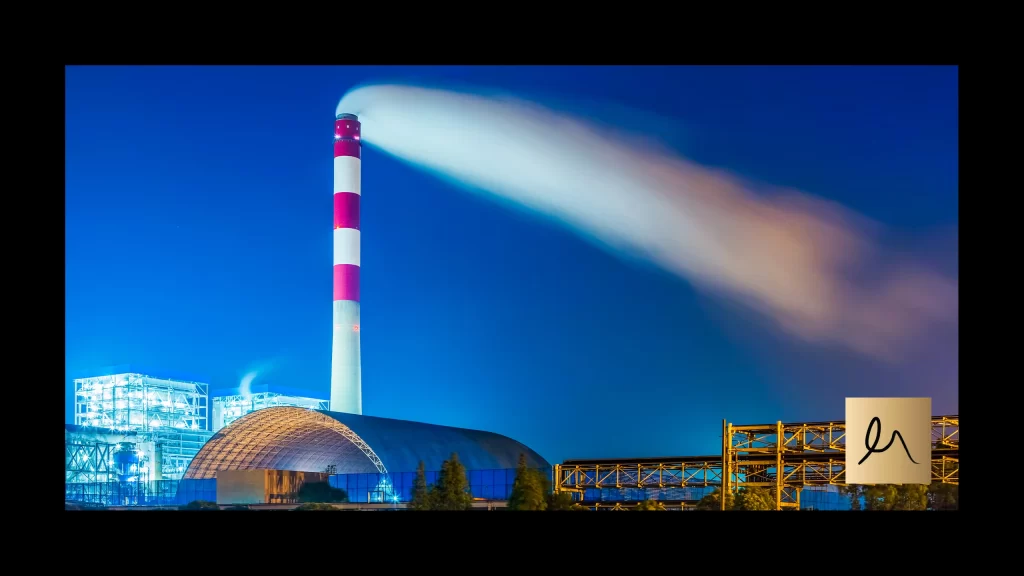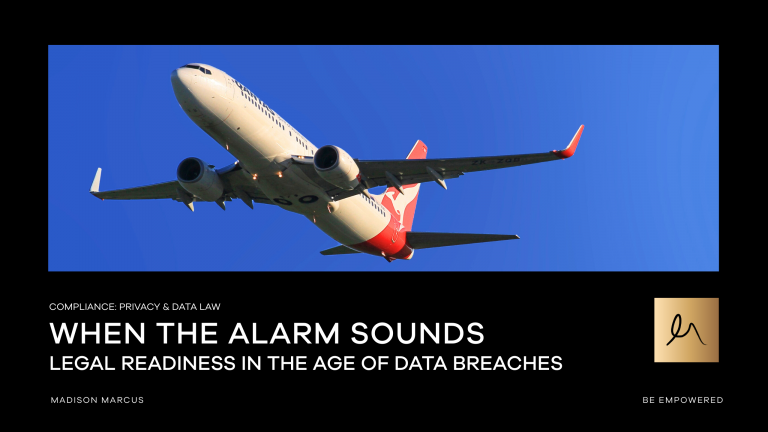ions. With environmental concerns taking centre stage in current events, understanding how this mechanism works has become more crucial than ever.
In this article, we will explore how the Safeguard Mechanism works and its impact on Australia’s greenhouse gas emissions reduction targets. Read on.
What Is Safeguard Mechanism?
The Safeguard Mechanism is a policy for reducing emissions at Australia’s largest industrial facilities. It sets legislated limits, known as baselines, on the greenhouse gas emissions of these facilities. These baselines will decline, predictably and gradually, on a trajectory consistent with achieving Australia’s 2030 target under the Paris Agreement. The Safeguard Mechanism came into effect in 2016, following its legislation in 2014.
At its core, the Safeguard Mechanism aims to limit greenhouse gas (GHG) emissions in Australia and contribute to the nation’s commitment to combating climate change. It serves as a critical pillar of the government’s broader strategy to transition towards a low-carbon economy.
The Safeguard Mechanism works by setting an emissions baseline for each facility and implementing an emissions cap, which is reduced at a rate of 4.9% each year. By imposing emission limits on large facilities, the Safeguard Mechanism sets clear targets for businesses to reduce their environmental impact and actively participate in sustainability efforts.
Key Components of the Safeguard Mechanism
Greenhouse Gas Emissions Thresholds and Baselines
The Safeguard Mechanism establishes specific greenhouse gas emissions thresholds and baselines for facilities covered under its purview. These thresholds are designed to limit and track the amount of emissions generated by these facilities. Baselines serve as reference points, indicating the starting emissions level against which future performance is measured. With these benchmarks, the Safeguard Mechanism creates a clear framework for businesses to manage and reduce their emissions effectively.
Coverage of Facilities and Sectors
The Safeguard Mechanism encompasses industrial facilities that emit over 100,000 tonnes of carbon dioxide equivalent (CO2-e) annually. This includes a wide range of sectors such as mining, oil and gas production, manufacturing, transportation and waste facilities. Such comprehensive coverage helps address emissions at the source and fosters a collective effort towards a more sustainable economy.
Calculation and Reporting Requirements
Under the Safeguard Mechanism, covered facilities are required to calculate their greenhouse gas emissions accurately and report them to the government. This involves following specific methodologies approved by regulatory authorities.
Transparent reporting allows businesses to assess their environmental impact, identify areas for improvement and develop targeted strategies to reduce emissions. It also ensures accountability and facilitates effective monitoring of progress towards emission reduction goals.
Compliance Obligations and Penalties
Compliance with the Safeguard Mechanism is essential to avoid penalties and maintain a strong reputation for environmental responsibility. Covered facilities are obligated to adhere to emission limits and thresholds set by the mechanism.
Why Is Compliance With Safeguard Mechanism Important to Businesses?
The Safeguard Mechanism aligns closely with the principles of environmental, social and governance (ESG) laws and compliance. ESG considerations have gained immense importance in recent years, as stakeholders increasingly prioritise sustainable and responsible business practices. Complying with the Safeguard Mechanism not only helps businesses fulfil their legal obligations but also positions them as socially and environmentally responsible entities.
Here are other advantages that this mechanism brings to businesses:
- It helps businesses avoid penalties and reputational damage associated with non-compliance, ensuring smooth operations within the legal framework.
- By proactively managing their emissions and meeting or exceeding the required benchmarks, companies can demonstrate their commitment to sustainability and gain a competitive edge in an evolving market.
- It prepares businesses to adapt to future regulatory changes and positions them as leaders in the transition to a low-carbon economy.
Embracing the Safeguard Mechanism and achieving ESG compliance signifies a company’s dedication to sustainable practices, building trust among stakeholders, attracting environmentally conscious investors and contributing to a greener future. When proactively engaged with the Safeguard Mechanism, businesses can not only reduce their carbon footprint but also pave the way for long-term success while addressing the urgent environmental challenges we face today.
The Safeguard Mechanism and the Recent Reforms
The recent reforms aim to lower emissions at Australia’s major industrial facilities while ensuring their competitiveness in a decarbonising world. These reforms introduce a decline rate for facility baselines, gradually reducing them over time to align with Australia’s emission reduction targets of 43% below 2005 levels by 2030 and net zero by 2050.
Extensive stakeholder consultation informed the final policy settings for the Safeguard Mechanism reform, culminating in the passing of the Safeguard Mechanism (Crediting) Amendment Bill 2023 on March 30, 2023. This bill amends the National Greenhouse and Energy Reporting Act 2007, establishing the framework for key reform elements, including the introduction of credits to incentivise facilities to surpass their baselines. Detailed guidelines and regulations for the Safeguard Mechanism are outlined in the National Greenhouse and Energy Reporting (Safeguard Mechanism) Rule 2015.
The reformed Safeguard Mechanism is set to commence on July 1, 2023, with legislative rules registered on May 5, 2023.
How Madison Marcus Can Help You
Ensuring compliance with ESG laws requires expertise and guidance. As an esteemed law firm in this field with leading ESG lawyers, Madison Marcus is here to support your business on its journey towards environmental sustainability and regulatory compliance.
Our team of dedicated ESG lawyers understands the intricacies of the Safeguard Mechanism and its implications for businesses across various sectors. We offer comprehensive legal assistance, helping you develop robust ESG frameworks, implement effective compliance strategies and navigate the evolving landscape of environmental regulations.
Our expertise extends beyond the Safeguard Mechanism, encompassing broader ESG considerations to ensure that your business is well-positioned for long-term success in a sustainable and responsible manner. Partnering with Madison Marcus means accessing a wealth of knowledge and experience in ESG law. We are committed to empowering you to realise your ambitions, achieve successful outcomes and contribute to a greener future.
Contact us today to discover how our ESG lawyers can assist you.







